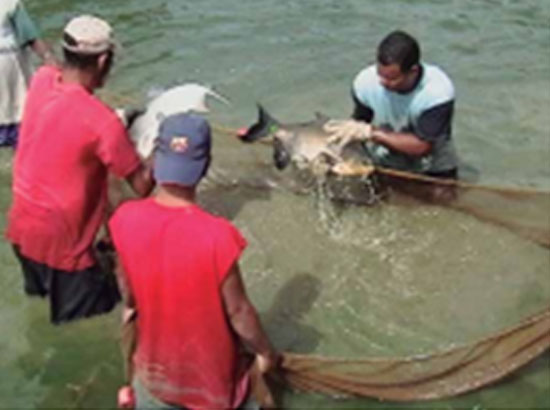Production of fingerlings at the INIA Delta Amacuro, distribution and technical assistance
Abstract
In Venezuela, fish farming has expanded in the last two decades, currently having about 300 fish farms with a total area of approximately 3,200 hectares, located in various areas of the country, which produce around 5,000 tons per year. However, this activity is concentrated in a few species of fish, among which are the cachama (Colossoma macropomum), morocoto (Piaractus brachypomus), the hybrid known as cachamay or cachamoto (cross between C. macropomum x P. brachypomus), coporo (Prochilodus mariae) and to a lesser extent peacock bass and striped catfish (Pseudoplatystoma fasciatum).
References
Urbano T., A. Silva, C. Moreno, L. Medina, J. L. Pérez y C. Matute. 2012. Evaluación del Ovopel como agente inductor al desove del coporo, empleando diferentes protocolos de aplicación. INIA Divulga 23: 44-46.


